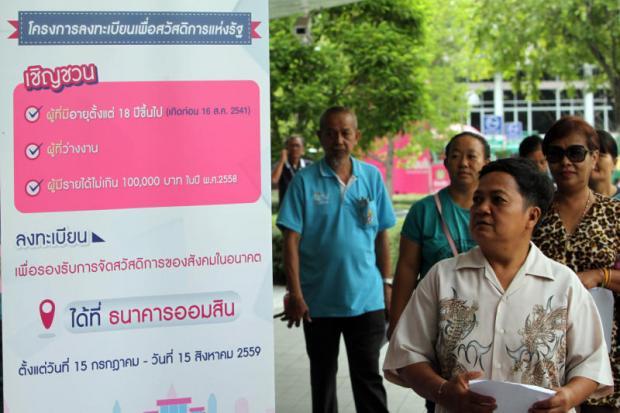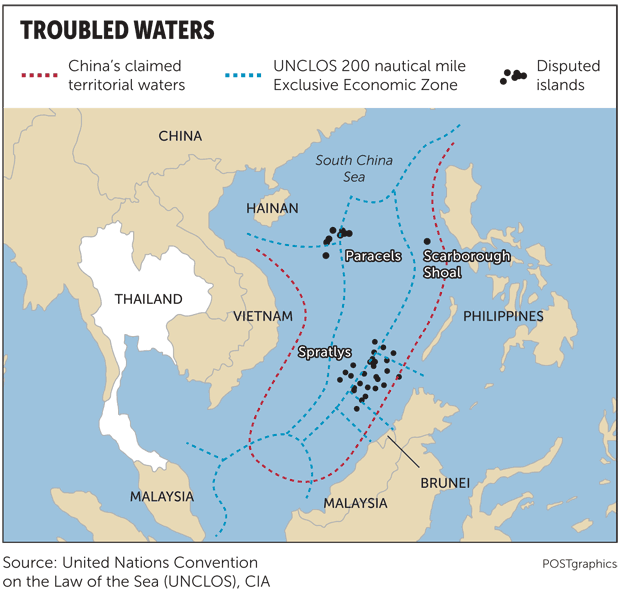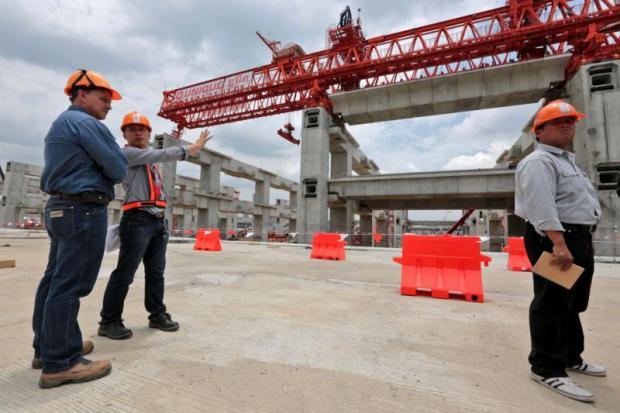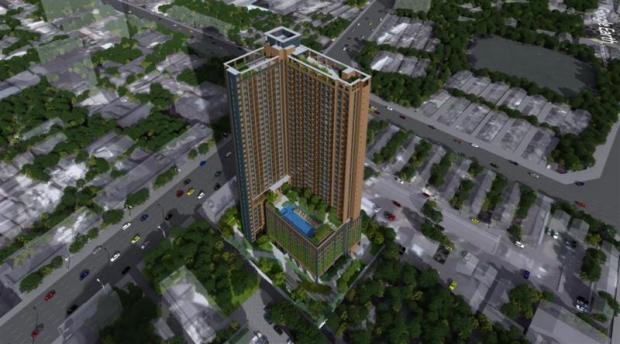Asean collectively is highly unlikely to confront Beijing over the South China Sea but that doesn't mean diplomacy is doomed
- +
Lack of decisive leadership and commonality of interest in the South China Sea means that the best Asean can do is foster an environment conducive to perpetuating a stalemate, say experts.
Only if the 10-member bloc is unified and has proper support from other superpowers could it play a meaningful role as a mediator in the various maritime disputes between Beijing and individual members.
China has interests in Asean because of trade and investment and it wants preserve this relationship to maintain its current control over the region's economy. While relations between Beijing and some Asean members have been improving in recent years, China will remain in the driver's seat unless a more assertive United States can force Beijing to slow the pace of its aggressive occupation of the disputed area.
"Does China listen to Asean? Yes, it does. China was nervous before the arbitral tribunal ruling came out because if Asean speaks as one voice, they are worried," Tang Siew-Mun, head of the Asean Studies Centre told a recent Bangkok forum held by Probe Media Foundation and the Embassy of Canada.
He was referring to the July 2016 ruling by the United Nations Arbitral Tribunal that there was no legal basis for China to claim historic rights to resources within maritime areas falling within the "nine-dash line" that it insists on applying. China refuses to recognise the ruling.
The disputed areas include strategic sea lanes through which some US$5 trillion in trade passes annually, rich fishing grounds, along with potential oil and gas deposits.
"China knows that no single Asean country would denounce its position (in the South China Sea) because this single country would be singled out and from this, I think, the current relationship is not on sincere terms," Mr Tang said.
He used the analogy of a marriage, saying that if one partner is unable to convey to the other what is wrong with the relationship, then the only winners are the divorce lawyers.
"The goal is to have a collective resolution or a back-door channel to provide a diplomatic solution, which is what Asean does best to communicate with China about our grievances and our concerns, but who will take leadership on this?" he asked.
Enrique Manalo, the undersecretary at the Philippines Department of Foreign Affairs, said each party in the conflict has its own position, so the real diplomatic challenge is to find a complementary approach that enables Asean to manage the differences.
Under the declaration on the conduct of parties in the South China Sea (DOC), which was co-signed by China and Asean in 2002, all parties may explore or undertake cooperative activities including marine environmental protection and scientific research, safety of navigation and communication at sea, search and rescue and combating transnational crime. But very little cooperation has materialised because of domestic interests and disagreements between China and Asean.
Tensions have increased since 2010 when former US president Barack Obama launched his "pivot to Asia" strategy. Former secretary of state Hillary Clinton attended the Asean Regional Forum in Hanoi where she declared that solving the South China Sea dispute in a peaceful manner was in Washington's interest.
"From that point, the US came to be more involved with the conflict and the conflict came to be heightened and China since then has always blamed the US as the intervening power. That has made the situation worse," said Kitti Prasirtsuk, director of the Institute of East Asian Studies at Thammasat University.
He said Asean continued to rely on two approaches: maintaining its neutrality by not taking any position, and trying to create a conducive environment for disputing parties to talk. He sees no change in this strategy given that no individual member wants to have a problem with China.
"Trade volume and investment have been increasing tremendously in the past ten years, so Asean has come to be more reliant on China, and China has now become the largest export destination for most Asean countries, replacing the US, so the equation of interest has been changing and moving more toward China," he said.
Trade value between Asean and China increased from $117 billion in 1990 to $3.88 trillion in 2015 with annual growth of 17%, according to the Asean-China Centre. China is the region's biggest trading partner, ahead of Japan and the US respectively.
"This is why Asean tends to just want to preserve the status quo and we cannot expect Asean to do much more than that," said Mr Kitti. "This is very unfortunate because we expect international organisations such as Asean to be able to act more to resolve the conflict but this is not the approach that Asean has taken so far."
Negotiations between China and Asean have made no progress because China favours bilateral agreements with each claimant country while Asean tends to lack consensus on the issue.
"Asean members have different geopolitical perspectives on the dispute," he said. "Vietnam has been dominated by China for thousands of years which means that it has deep-rooted feelings toward China, while the dispute has created more nationalist and anti-Chinese sentiment in the Philippines. Thailand, Cambodia, Myanmar and Laos, on the other hand, tend to make friends with China because of economic interests and what China can offer, including investment from Asian Infrastructure Investment Bank."
Cambodia and Laos also receive considerable economic aid and investment from Beijing and are traditionally pro-China.
Settlement is now up to Beijing as Asean cannot take more action to make something happen without clear leadership. At the same time, there are uncertainties surrounding US involvement as President Donald Trump has yet to make clear his administration's intentions for the region, Mr Kitti added.
US Defence Secretary Jim Mattis said during his visit to Tokyo early this month that diplomacy should be the priority in the South China Sea but also blamed China for "shredding the trust of nations in the region".
However, he played down any need for US military manoeuvres, a view welcomed by China. Foreign Ministry spokesman Lu Kang said Mr Mattis's emphasis on using diplomatic means was "worthy of affirmation" and that the situation in the South China Sea was "normalising". Mr Kitti, however, believes that China is still in standby mode.
"China is still in the position of wait-and-see as it is looking closely at Mr Trump's policy and actions. However, there are some positive signs from the claimant countries. Philippine President Rodrigo Duterte and Malaysian Prime Minister Najib Razak visited China last year which shows the improvement in the relationship of China and the two claimant countries."
China claims most of the South China Sea, while Taiwan, Malaysia, Vietnam, the Philippines and Brunei claim parts of the waters. China has built at least seven artificial islands in the sea and installed military equipment on them since the DOC was declared.
However, economic interest in light of Beijing's One Belt, One Road initiative, the improvement of relations with some Asean claimant countries, and possible changes in the US stance mean that China may need to scale back its assertiveness.
"China no longer has the excuse that it has to be aggressive because another power has intervened in the region's problems," Mr Kitti said.
He also ruled out the possibility that Asean could be a mediator given the lack of leadership and common ground between claimants and non-claimants.
"What we can hope for is an increase in joint development programmes between China and Asean to maintain a good relationship and provide a conducive environment for future talks, while the possibility of involving an outside mediator is next to impossible as China and Asean would lose face if that happened," he said.
Thailand and Indonesia are the non-claimants that could take a leading role as mediators but they are not in a position to do so now because of a lack of domestic stability, in his view.
"Currently, there is no strong leadership from Thailand and Indonesia so maybe we can look at Singapore where the conditions that I have mentioned including domestic stability and a high approval rate [for the leadership] in the country. Lee Hsien Loong, I think, is qualified for that," he said.
"Mr Lee has been a leader long enough in Asean to exercise leadership but this time, maybe next year, we may expect something from him. But it all depends on the consensus and whether he can convince the association to take action and that requires cooperation from other non-claimants such as Thailand and Cambodia."
At the Asean foreign ministers' retreat in the Philippines last week, members expressed hopes that it would soon reach a deal with China on a "framework" to turn the DOC into a code of conduct in the South China Sea before the end on this year. But common ground remains elusive.
Philippine Foreign Secretary Perfecto Yasay said not all Asean members were on the same page over last year's tribunal ruling as "there were two, three or four ministers that have expressed concern about the respect for the 2016 decision".






